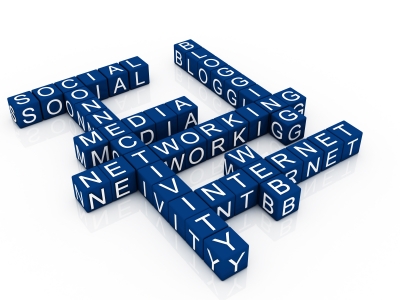Did you notice anything new on LinkedIn? This graph popped up in my notification feed, under my profile views! That’s interesting to know something about who viewed my profile.
It made me think to connections. I already wanted to speak about them, they’re in my list since ages, and now it’s the right moment to speak about them.
Do you have any policy regarding LinkedIn connections?
How do you decide who you should connect with?
Do you accept all the connection requests you receive?
At the beginning, it should be fine if you:
● add all the colleagues and classmates that you can find;
● accept all (or almost all) the connection requests you receive.
You need a bit of a pool, having some connections makes your notification feed more interesting. You can see:
► the companies they start to follow (maybe you’re interested as well);
► the articles/jobs they like or share;
► the discussions they participate to in open groups (maybe it’s a group worth joining);
► the updates to their profiles (hey, they added a project, maybe you can do it as well);
► the people they connect with (maybe somebody else you should connect with).
When your notification feed starts becoming interesting, and you have a good amount of things to read, maybe it can be time to tailor a little bit the way you connect. You will understand when it’s time. And you’ll understand your own way. Here one of the possible paths you can follow. You can:
● add only colleagues and school mates that you trust;
● consider whether accepting connection requests due on some parameters of your choice (do you trust the person? do you like their profile? are they in your industry? do they look professional? did they write you a personal message or the standard one?)
● add people you knew in the groups, because they started interesting discussions or did smart comments;
● add people who posted content that you like, because you want to see more of that;
● add people who liked your posts, because they could like more of your posts and give you better visibility;
● add people who viewed your profile, if they have something interesting for you (a neat profile, the right job field, or whatever else);
● add recruiters soon before or soon after applying to a company, to be noticed a bit better;
● use the connection request to share a thought with somebody, like replying to a poll from a LinkedIn influencer, or replying to a question that was posted in a group you can read, but where you can’t post since you are not a member. Or if you want to connect and make a completely different connection request!
At such a time you should have learnt that the best way to connect is to send a personal message, I explain some theories in the last post I wrote.
Now you are refining, and not only increasing, the pool of your connections.
How should it be reflected?
► The amount of information you can read in your notification feed is getting huge. There could be some people who post a lot of things that are not relevant, feel free to hide them from your feed.
► You start to see jobs, articles, statuses, that become more and more relevant. If not, feel free to hide again something from your feed.
► Since you start getting more engaged with people, you start posting, you participate to groups and you start getting more informed about the fields you find interesting; this is a virtuous circle.
► You feel like you want to share the information collected, and you find your own way. You can start blogging, writing discussions, help people in your connections. You start feeling like you understand something a bit better.
► You start feeling inspired.
► You get the feeling that you are inspiring others, and you want to get better at it.
Find your own way! Do it completely different! Share your ideas, in your LinkedIn network, and maybe even here, if you have two spare minutes.





